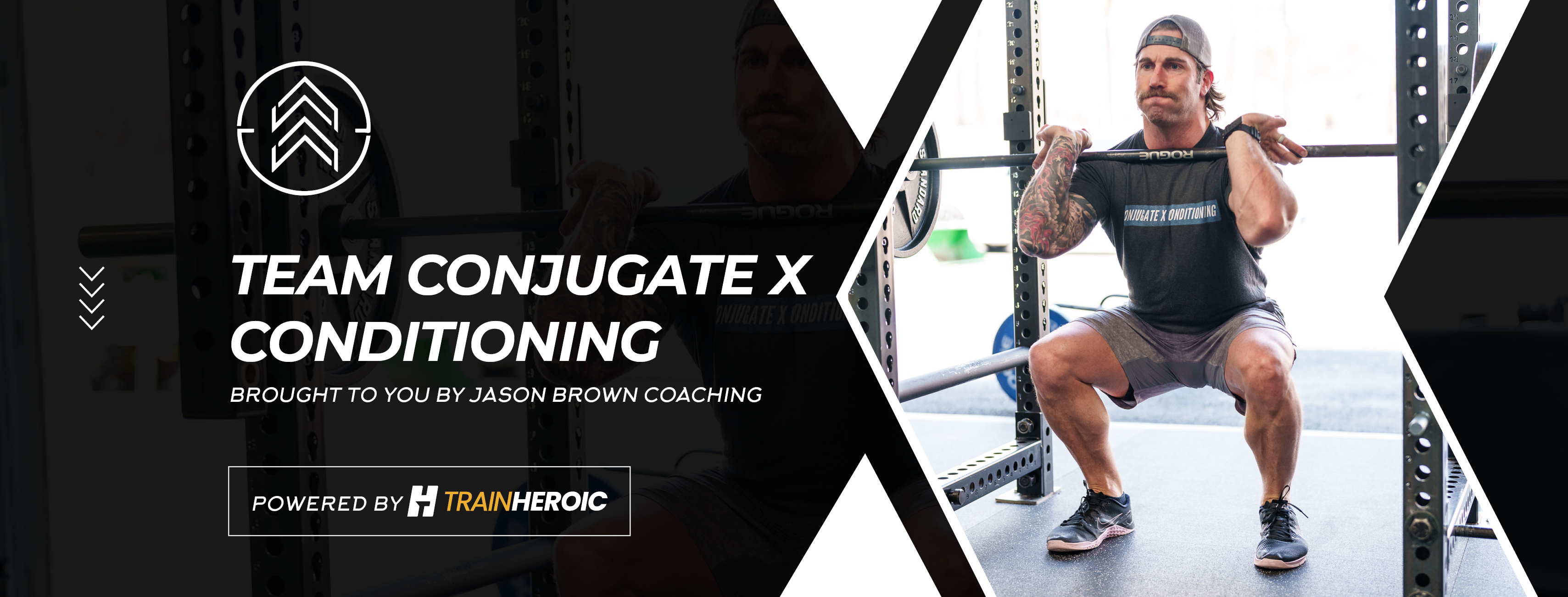4 Ways To Build General Physical Preparedness
Dec 01, 2022Years back, I wrote an article about General Physical Preparedness (GPP) work for elitefts which you can check out here. The article talked about how the term 'GPP' is often misused, in particular in the CrossFit circles, but this article is not about that.
This article you're reading today is the down & dirty best ways to build GPP. Plain & simple. And FYI, There are more than a few differences between this article vs. my first addition.
Since writing that first article a lot has changed for me as a coach.
In fact, since so much has changed, I've gone back and revised many of my articles on this site.
The principles haven't changed though and most of what I've talked about in the past still remains true.
What has changed is my view of training.
I no longer see the need for as much 'novelty' in my own programs and for that of my clients. Actually, too much novelty has proven to be a deterrent to those looking to improve movement, but that's a topic for another day.
I also find that the simple solution is often the best solution, which has played out in how to program at this present moment. This is exactly what my programming playbook represents - simple, low-hanging programming fruit that is actionable.
Clearly, it's important to know why GPP is important so here are a few things that are important to know:
Having great GPP improves:
- Work capacity (aerobic fitness)
- Recovery between sessions
- The development of strength & conditioning
- The size of ones fitness-base.
- Resiliency
So, with that said this article will highlight the best ways to build GPP without confusing the people that are attempting to utilize these measures.
I've also included multiple scenarios so you can see exactly what this looks like down to the sets, reps, and rest intervals so the GPP picture is hopefully clear enough that you can get to work right away.
To be clear I'm referring to building GPP & aerobic fitness - if you're interested in learning more about anaerobic conditioning check out this article here.
Without further adieu here are my top 4 modalities to build GPP.
The 4 Foundational GPP Modalities
1. Carries
2. Sled Work
3. Kettlebell Work
4. ODD Object Carries
Sample GPP Programming
Carry + Sled + Cyclical
10 Rounds of 20s/40s off:
1a. Crossbody Carry
1b. Backwards Sled Drag
1c. Air Bike Sprint
Example #2
Sled + Carry Combo
For time: 400 meters sled drag + wheelbarrow
Example #3
Cyclical + Kettlebell + Kettlbell
Every 5:00 x 5 sets:
15 Calorie Bike
15 KB Cleans
15 KB Thrusters
Example #4
Kettlebells Only
5 Rounds of:
KB Flow of:
2 TGU
4 Clean + Lateral Lunges
6 Thrusters
8 Gorilla Rows
10 Rotational Cleans
Rest 2:00 between rounds
Example #5
KB + Sled
AMRAP 30 of:
10 Rotational KB Cleans
100 Ft. Backward Sled Drag
10 Alt. Gorilla Rows
100 Ft. Lateral Sled Drag
10 Double KB Squats
100 Ft. Lateral Sled Drag (opposite side)
Rest as needed between rounds.
Kettlebell Flow of:
I think you get where I'm going with this. You can get as creative as you'd like, but here are some guidelines.
- This work should be challenging, but 100% sustainable ie. RPE 8
- These sessions should NOT impair your ability to perform your other main strength sessions during the week so load appropriately.
- These are stand-alone conditioning sessions, but you can use one modality like the sled or a loaded carry on a strength day.
- The duration of these conditioning sessions should be around 20-40 minutes.
- Rest intervals should be roughly 1:1, but you could go as high as 1:3 when needed.
Closing
GPP is best developed as its own session and these are the ways I've come up with that keep my clients' programming fun, challenging, and effective.
One thing that always remains true the longer I coach people is that simplicity always wins.


